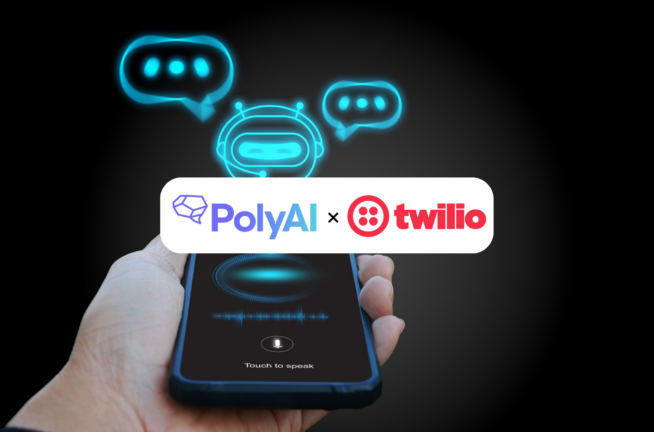Customers expect an efficient customer experience in the first (digital) channel they choose.
To avoid long wait times and numerous call transfers, which are often the most common frustrations among customers, Vonage recommends brands use omnichannel solutions powered by artificial intelligence.
Vonage's 11th Annual Global Customer Engagement Report reveals how customers prefer to communicate with friends and family, compared to businesses. In general, customers prefer digital channels like messaging apps and SMS, and phone calls, over email and video chats.
However, despite two years of nonstop digital transformation among businesses (thanks to the pandemic), only 45% of customers report they are "very satisfied" with how they communicate with brands.
This goes to show that companies have yet to master omnichannel communication, combined with AI capabilities.
Communication Preferences
Messaging and phone calls over mobile rank the highest among communication preferences. The report shows customers also prefer to communicate with friends and family over messaging apps like WhatsApp and Facebook Messenger (57%).
When it comes to communicating with businesses using these channels, the situation is slightly different. Only 30% of customers prefer to use messaging apps to interact with brands while another 30% like to use email. Phone calls are still king when consumers need help fast.
The discrepancy in these findings suggests that businesses are not quite getting what customers like and want from them. "Businesses are not providing consumers with the same, familiar experience they are used to in their personal lives," the report says.
To remedy this, Vonage suggests businesses should drive omnichannel customer engagement via digital channels by embracing AI. As a result, customer frustrations and technology gaps may reduce and overall customer satisfaction may increase.
“The ubiquity of mobile phones delivers the kind of vehicle to businesses that allows them to speak to and engage with their customers directly — right from the palms of their hands. Yet, this research reveals that many businesses are still not using the communications channels made available by today’s technology to their full potential and are missing out on opportunities to make real connections with customers and drive customer engagement,” said Joy Corso, Chief Marketing Officer for Vonage.
AI tools like virtual assistants can help resolve common requests and significantly reduce wait times, one of the most common customer frustrations. Similarly, virtual assistants can route customers to the most suitable agent and prevent an endless loop of customers repeating themselves to a new person.
Another tool is conversational commerce, which uses AI to engage customers in-channel. Companies can use it to provide front-end FAQs, authenticate users, and authorize payments.
Common Frustrations and How to Avoid Them
The report finds a number of customer frustrations that are in the way of meaningful and effective communication with brands. These are:
- long wait times to speak to a customer support agent (63%)
- having to call customer support multiple times (63%)
- repeating their issue (61%)
- dealing with automated phone menus that are too long to navigate (57%).
In addition, almost half of the surveyed consumers said they would leave or switch businesses after a single bad experience.
Having in mind that it does not take much for customers to find new brands they'll spend their money on, companies need to act promptly at the first sign of customer frustration. Otherwise, customer loyalty and the business itself will suffer.
The report offers ways to remedy common customer frustrations with the help of AI, namely automation and personalization. Virtual assistants, conversational commerce, voice bots, and similar AI-powered apps can help businesses processes more customer queries in less time and ultimately, deliver better experiences.










